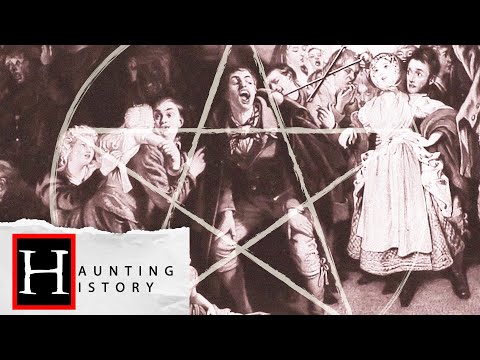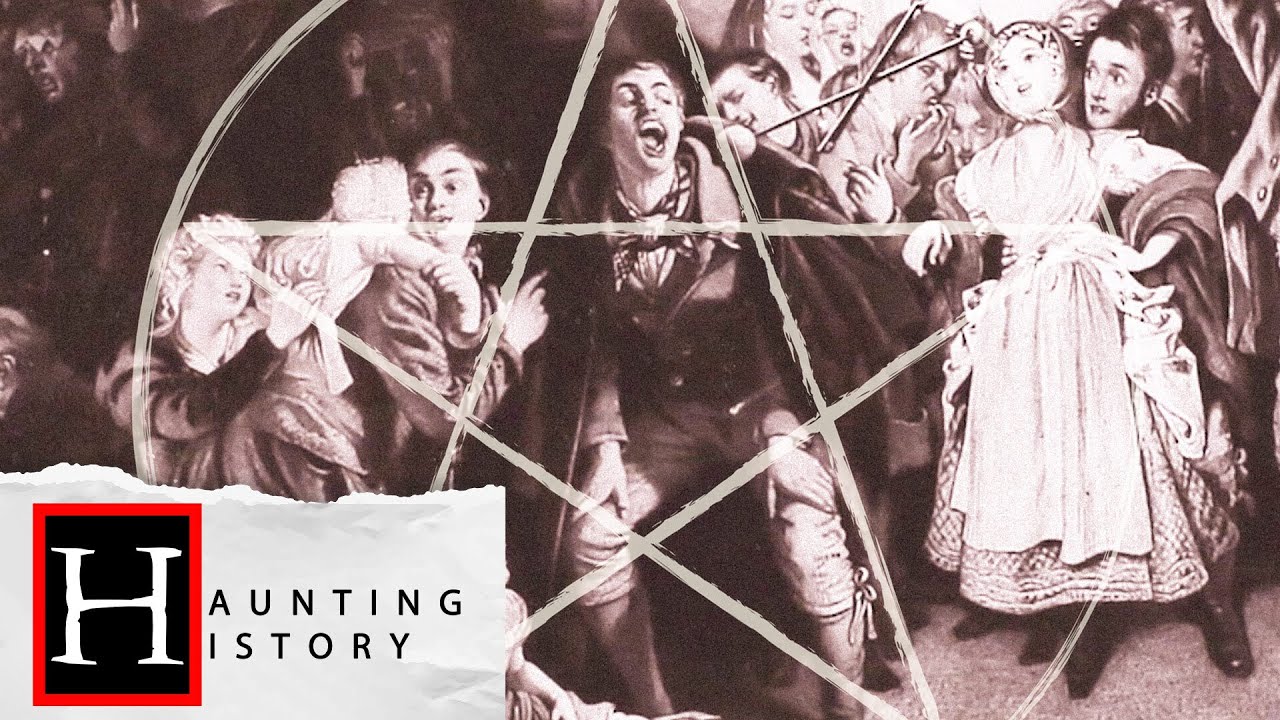Discover the captivating origins of Halloween and embark on a journey back in time to uncover the fascinating history behind this beloved holiday. Delve into the ancient Celtic festival of Samhain, a mystical celebration marking the end of harvest season and the beginning of the darker half of the year. Immerse yourself in the enchanting tales of supernatural beliefs and mystical rituals that were an integral part of this ancient tradition. Samhain beckoned spirits to roam freely among the living, blurring the boundaries between the mortal realm and the supernatural. Explore how this sacred festival evolved over centuries, incorporating influences from Roman festivals, Christian traditions, and folklore from around the world.
Unearth the medieval customs and superstitions that shaped the Halloween we know today. Discover how the belief in ghosts, witches, and monsters took root during this time, captivating imaginations and inspiring centuries of storytelling. From the mystical bonfires that warded off evil spirits to the eerie lanterns carved from turnips, witness the evolution of Halloween’s iconic symbols and practices.
Join us on a spellbinding journey as we unravel the mysteries of Halloween’s origins, revealing the rich tapestry of cultural influences that have shaped this beloved holiday over centuries. Whether you’re a history enthusiast or simply curious about the roots of this bewitching celebration, this exploration will leave you captivated by the ancient traditions and timeless magic that continue to make Halloween a cherished and thrilling time of year.

Origins of Halloween
| Time Period | Origin | Interesting Information |
|---|---|---|
| 2,000 years ago | Celtic Festival of Samhain | The ancient Celts believed that on the night of October 31st, the boundary between the living and the dead was blurred, and the souls of the dead would return to Earth. They lit bonfires and wore costumes to ward off roaming spirits. |
| AD 609 | All Saints’ Day | Pope Boniface IV dedicated the Pantheon in Rome to honor Christian martyrs and declared November 1st as All Martyrs’ Day. Later, Pope Gregory III expanded the festival to include all saints, known as All Saints’ Day. This celebration eventually incorporated some of the traditions from Samhain. |
| AD 1000s | All Souls’ Day | All Souls’ Day was established as a day to honor the departed souls. People would pray for the souls of their loved ones, and it was believed that souls stuck in purgatory could be released through prayers and acts of charity. |
| AD 1840s | Irish and Scottish Immigration to America | As a result of the Great Famine in Ireland and other factors, a large number of Irish and Scottish immigrants came to America, bringing their Halloween traditions with them. This significantly contributed to the popularization of Halloween in the United States. |
Note: Halloween has evolved over centuries, blending various cultural practices and beliefs. The table above highlights some key origins and significant moments in the history of Halloween.
Halloween: A Spooky Journey through Time
The Origins of Halloween
Halloween is a holiday celebrated on the evening of October 31st, which is the eve of All Saints’ Day. It is a time of fun and festivities, with people dressing up in costumes, going trick-or-treating, and decorating their homes with spooky decorations. But have you ever wondered where this tradition comes from? In this article, we will explore the origins of Halloween and uncover the fascinating history behind this beloved holiday.
The Celtic Festival of Samhain
The roots of Halloween can be traced back to the ancient Celtic festival of Samhain. Samhain was a celebration of the end of the harvest season and the beginning of winter, a time when the boundaries between the living and the dead were believed to be blurred. The Celts believed that on the night of October 31st, the spirits of the dead would return to Earth to cause havoc and damage crops. To appease these spirits, the Celts would light bonfires and wear costumes to ward off evil spirits.
Christian Influence
With the spread of Christianity, the Celtic festival of Samhain gradually merged with the Christian holiday of All Hallows’ Eve, which is the evening before All Saints’ Day. All Saints’ Day was a day dedicated to honoring saints and martyrs, and it was celebrated on November 1st. All Hallows’ Eve became known as Halloween, and many of the traditions associated with Samhain were incorporated into the Christian holiday.
Trick-or-Treating
One of the most popular Halloween traditions is trick-or-treating, where children dress up in costumes and go from door to door, asking for treats. The origins of this tradition can be traced back to the medieval practice of “souling.” On All Hallows’ Eve, poor people would go from house to house, offering prayers for the souls of the homeowners’ deceased loved ones in exchange for food or money. This practice eventually evolved into children going door to door, asking for treats.
Jack-o’-Lanterns
No Halloween celebration would be complete without the iconic jack-o’-lanterns. The tradition of carving pumpkins into lanterns originated in Ireland and has its roots in the legend of Stingy Jack. According to the legend, Stingy Jack was a notorious trickster who managed to trick the Devil twice. When Jack died, he was denied entry into both heaven and hell. The Devil, taking pity on Jack, gave him a burning coal to light his way in the darkness. Jack placed the coal inside a carved turnip and has been roaming the Earth ever since. When Irish immigrants came to America, they discovered that pumpkins were more plentiful and easier to carve than turnips, and thus the tradition of carving jack-o’-lanterns with pumpkins began.
Modern Halloween
Today, Halloween has become a widely celebrated holiday in many countries around the world. It is a time for people of all ages to come together and enjoy the festivities. From costume parties and haunted houses to pumpkin patches and apple bobbing, there is something for everyone to enjoy. While the origins of Halloween may be rooted in ancient Celtic and Christian traditions, it has evolved into a holiday that brings joy and excitement to people of all backgrounds.
In conclusion, Halloween is a holiday with deep historical roots. From the ancient Celtic festival of Samhain to the Christian holiday of All Hallows’ Eve, the traditions associated with Halloween have evolved over time. Trick-or-treating and jack-o’-lanterns have become iconic symbols of the holiday, and today, Halloween is a time for people to come together and celebrate. So, whether you’re dressing up in a spooky costume or carving pumpkins, remember the rich history behind this beloved holiday.
Origins of Halloween:
- Celtic festival of Samhain
- Roman festival of Pomona
- All Hallows’ Eve in Christianity
- Influence of the harvest season
- Merging of traditions with the spread of Christianity
- Folklore and superstitions surrounding spirits and the afterlife

